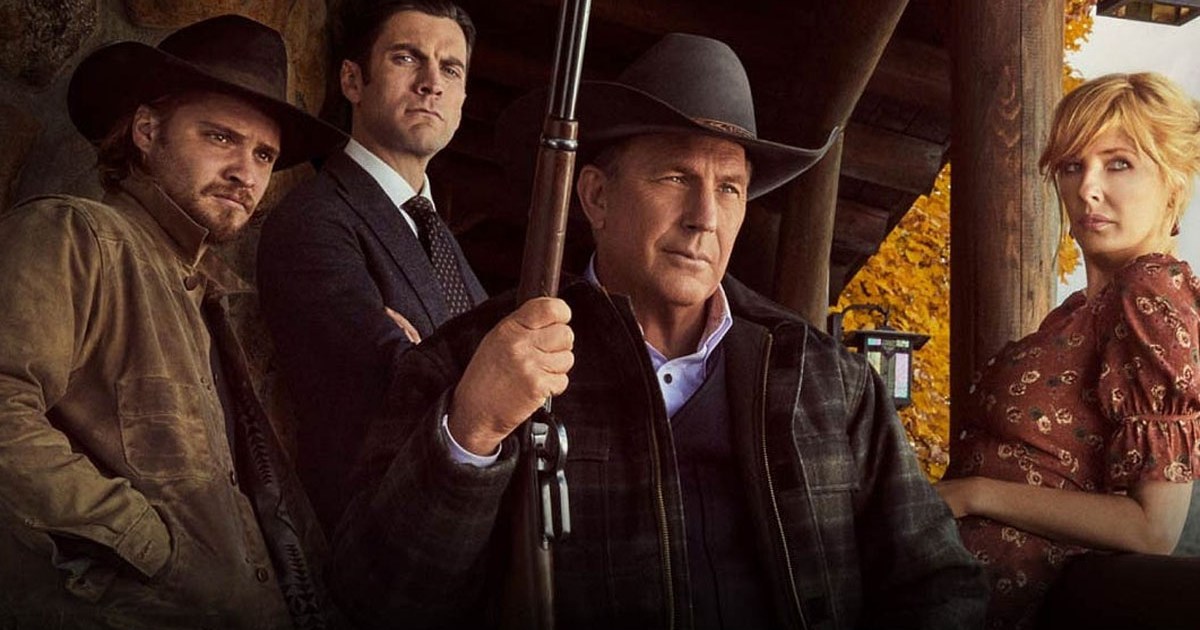
In 1994, the world witnessed a year brimming with cultural milestones that set the tone for the decade and beyond. A notable event that year wasn’t just about entertainment but a moment that would forever change the music industry and its fans around the globe. On April 8, 1994, the music world came to a standstill as news broke of the untimely death of Kurt Cobain, the iconic frontman of Nirvana, marking a pivotal moment in rock history. This news was relayed to the masses in an era when MTV was the go-to for music news, with Kurt Loder delivering the somber message to fans worldwide.
But 1994 was not solely defined by this heartbreaking moment. It was a year that saw an explosion of cultural phenomena that spanned across movies, music, television, and more, painting a vibrant picture of the era’s artistic landscape. Quentin Tarantino’s ‘Pulp Fiction,’ with its unique narrative structure and memorable dialogues, alongside Oliver Stone’s controversial ‘Natural Born Killers,’ left an indelible mark on cinema. Music fans celebrated the release of Nine Inch Nails’ ‘The Downward Spiral,’ while Tori Amos captivated audiences with ‘Under the Pink.’
The year also launched what would become seminal works in film and music. Warren G and Nate Dogg’s ‘Regulate’ dominated car radios in the summer, thanks to its inclusion in the ‘Above the Rim’ soundtrack. Aaliyah, Brandy, and TLC were amongst the artists who released tracks that would define the musical tastes of a generation. On television, ‘My So-Called Life’ premiered, offering a poignant look at teen life, albeit for only one season. Jim Carrey’s unparalleled comedic talent was on full display with a trio of films, ‘Dumb and Dumber,’ ‘Ace Ventura: Pet Detective,’ and ‘The Mask,’ showcasing his versatility and contributing to his rise as a Hollywood star. Meanwhile, Brad Pitt captivated audiences in ‘Legends of the Fall’ and ‘Interview With the Vampire,’ cementing his status as a leading man.
It was also a significant year for indie cinema, with Kevin Smith’s ‘Clerks’ debuting at Sundance. The film, later picked up by Harvey Weinstein’s Miramax, became a cult classic, exemplifying the growing influence of independent film.
Beyond these headline-grabbing moments, the essence of 1994’s impact lay in its ability to foster underground movements and slow-burn phenomena. Nas’ ‘Illmatic’ is a prime example, a masterpiece that grew its legend organically, corner by corner, party by party, in an era devoid of social media. These cultural artifacts underscore the diversity and richness of the year’s contributions to entertainment and the arts.
As we revisit these milestones, discussions around monoculture and its evolution emerge starkly. In an age where digital platforms have fragmented the consumption of culture, creating myriad microcosms of interests and fandoms, the idea of a shared cultural experience seems fleeting. Yet, despite this fragmentation, certain entities and moments manage to capture the collective imagination, suggesting that while the dynamics of monoculture have shifted, the human desire for shared experiences remains.
Reflecting on 1994 serves not just as a nostalgic trip but as a lens through which to examine how culture, consumption, and connectivity have evolved. The year’s legacy is a testament to the enduring power of art to reflect, define, and unite us, shaping collective memories that transcend time. As we look back, it’s clear that the cultural landscape of 1994, from its groundbreaking music and film to its television and beyond, still echoes in today’s art and entertainment, reminding us of a time when the world seemed a bit smaller and perhaps a bit cooler.
Source

/cdn.vox-cdn.com/uploads/chorus_asset/file/23905457/DSCF8502.jpg)






